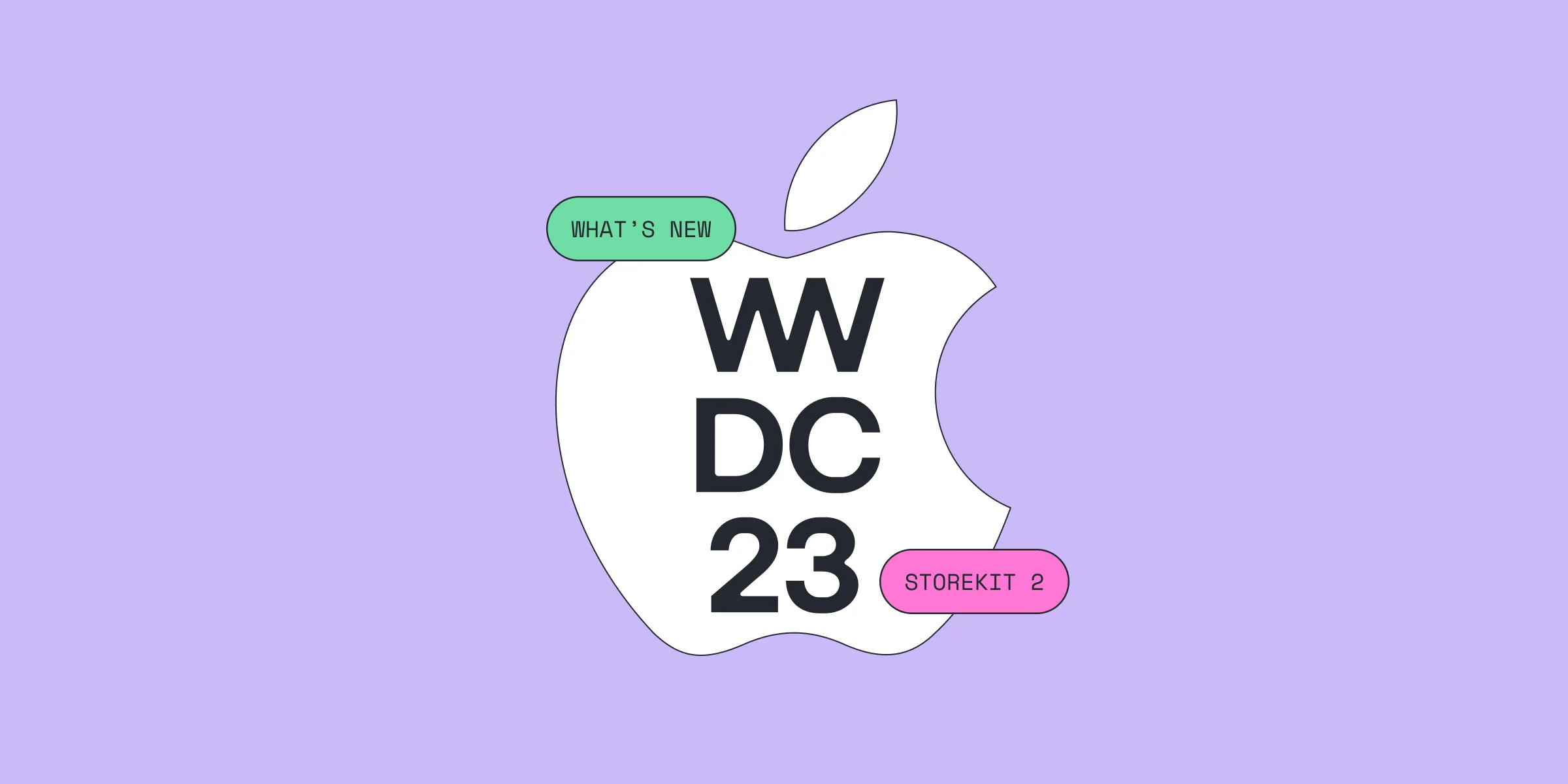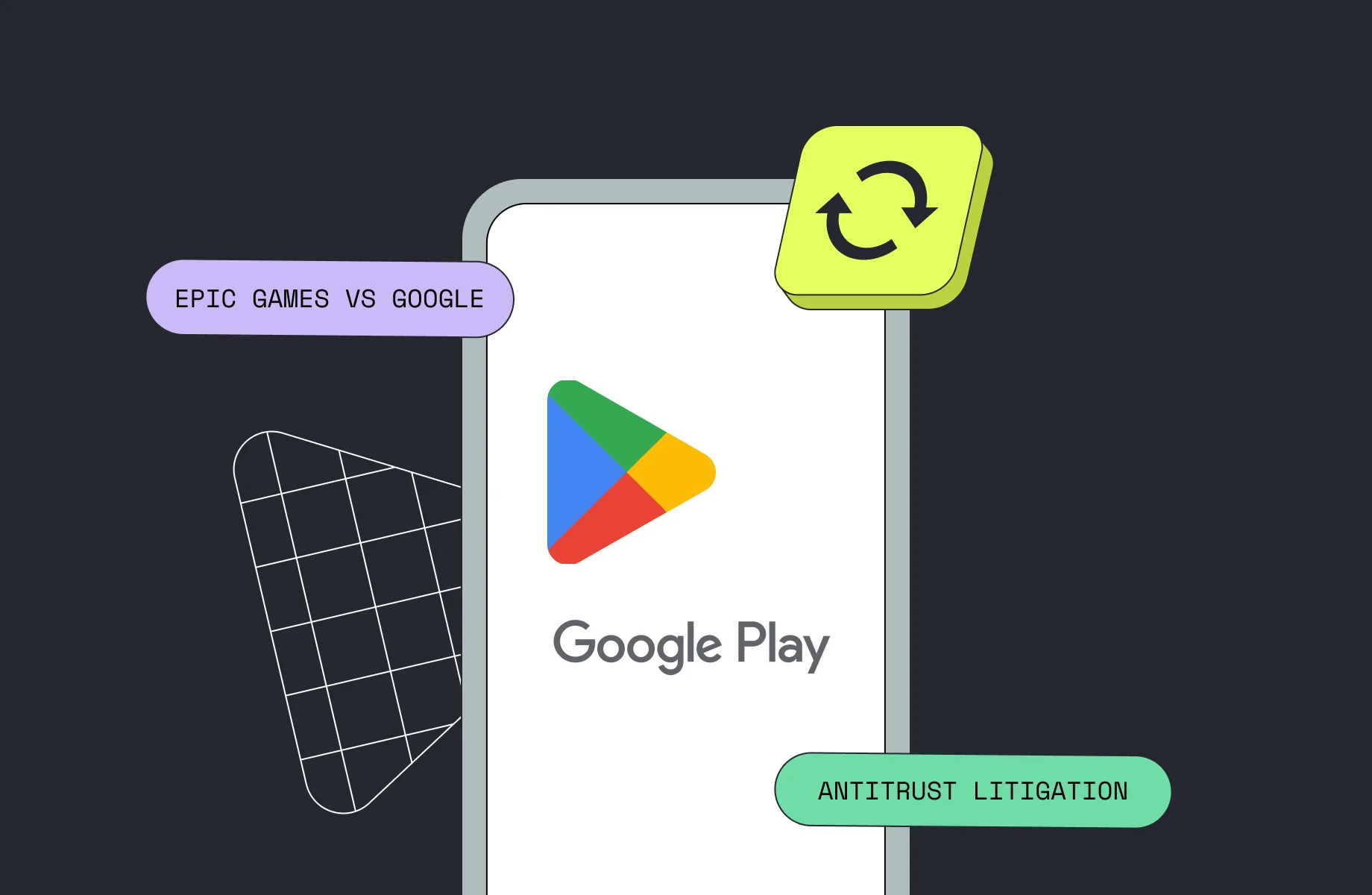WWDC23 and What’s New in StoreKit 2
WWDC23 and What’s New in StoreKit 2

Kate

Kate
Jun 15, 2023
Jun 15, 2023
Last year we presented the WWDC22 news in all detail, and you seemed to like it. Let’s have a quick look at the highlights from WWDC23 related to in-app purchases and subscriptions. There were new features announced to enable developers to create compelling paywalls, to enhance transaction management, and to streamline receipt validation processes.
Last year we presented the WWDC22 news in all detail, and you seemed to like it. Let’s have a quick look at the highlights from WWDC23 related to in-app purchases and subscriptions. There were new features announced to enable developers to create compelling paywalls, to enhance transaction management, and to streamline receipt validation processes.














